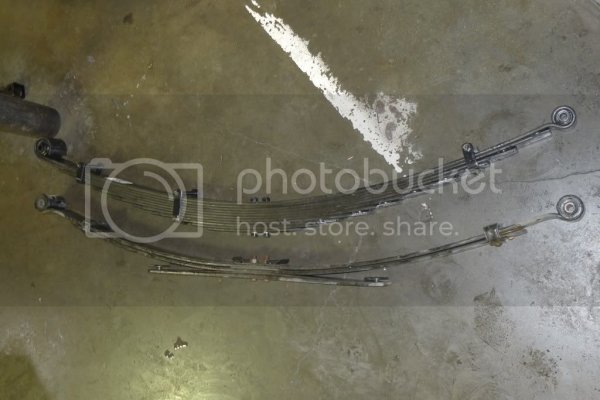Humvee21
FRF Addict
- Joined
- Aug 17, 2011
- Posts
- 4,848
- Reaction score
- 539
The lift block also acts as the bump stop right?
Disclaimer: Links on this page pointing to Amazon, eBay and other sites may include affiliate code. If you click them and make a purchase, we may earn a small commission.
The lift block also acts as the bump stop right?

Jeff, you have basically a new truck. We don't re-arch the springs to do anything other than to set the proper arch so that both sides are equal today and fit the arch of the add a leaf better

I hear ya. And I might be being too knit-picky here but...
1) what is it about age that has them saying 'no' to an older truck, and 'yes' to a newer? I understand leafs fatigue, but that's from use right? Not necessarily from them sitting around for 100 years on the shelf (assuming no rust).
If its from use, I'd still be a bit concerned and inspect them carefully before deciding to cold work them. I had just under 40k miles on my stockers when they came off, and already you can see they were starting to sag
2) Again, cold working spring steel does nothing to reset its memory. Just changing them only up an inch from where they were set when last worked with heat is going to put the spring in a state of stress even with no load on it. Its going to fight hard to return to where it was last set (or where it has last fatigued to).
So... a) those main springs are doing less to support the load and work as part of your suspension because they're stressed in the wrong direction to begin with, b) that extra spring you're adding ends up holding your main springs in place to some extent and c) that extra spring ends up working far more than it should because now its doing the suspension work the main leafpack isnt.
Like I said, I'm probably being picky. But there are reasons cold working isn't considered a good option for long term use. I'm just letting my engineering brain sort of wander from there, trying to maybe think about why that would be so. I definitely look forward to learning more about this, and seeing maybe where my thinking has gone wrong


